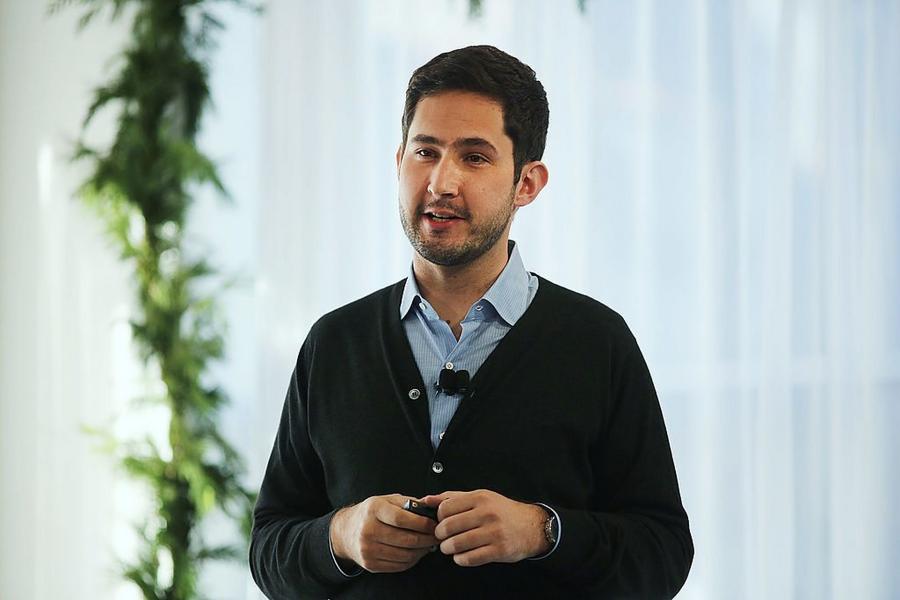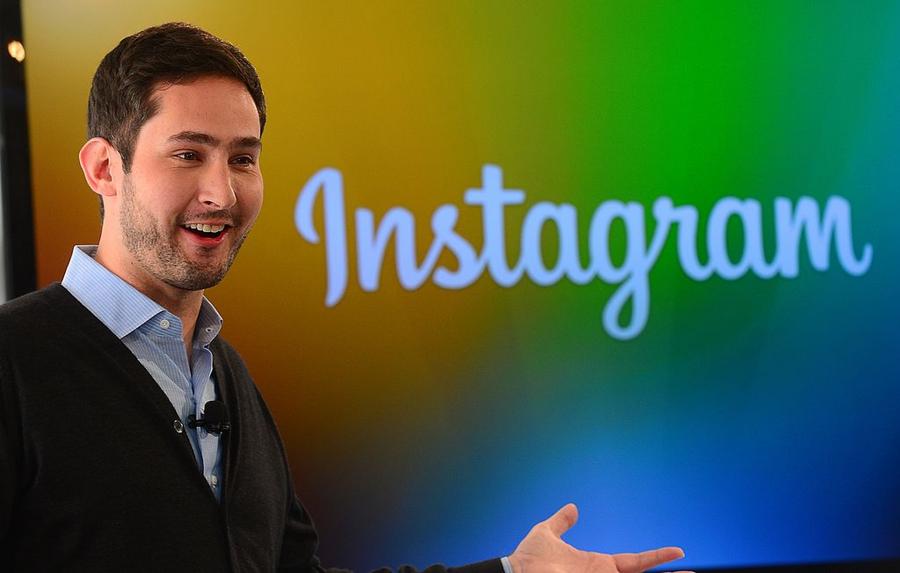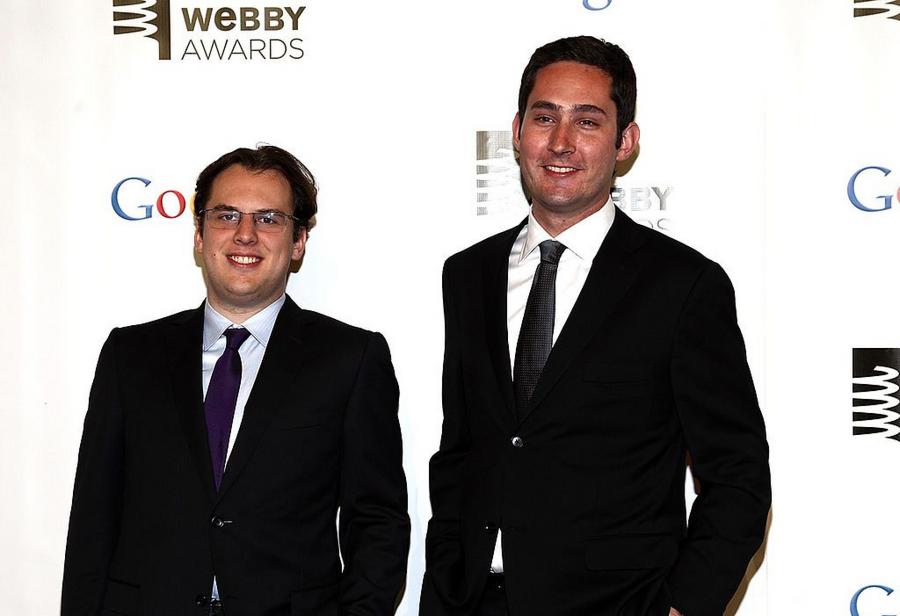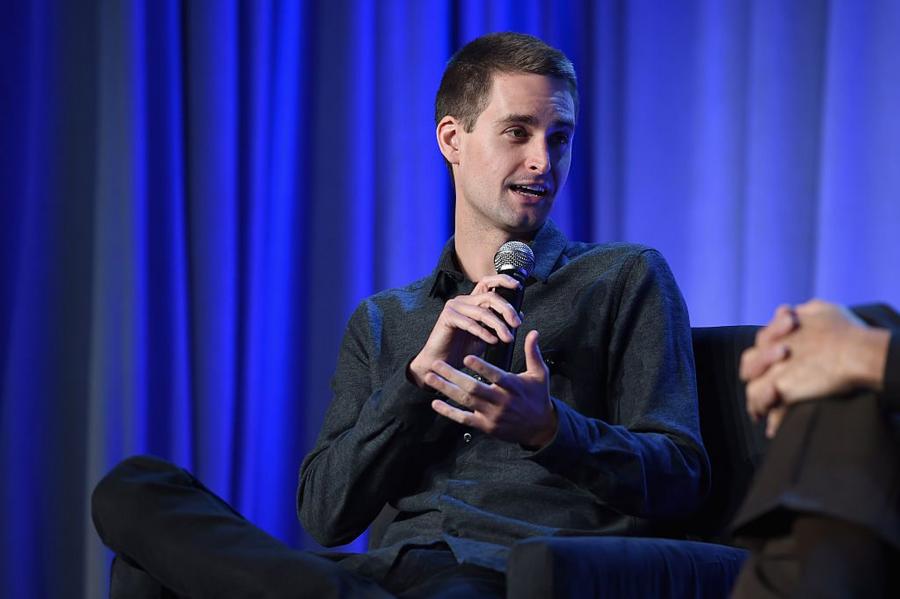Instagram Founder Kevin Systrom Flushed Billions Of Dollars Down The Toilet
For every entrepreneur, building a successful company that goes from small startup to billion-dollar Internet sensation is the ultimate dream come true. Selling out for 10 figures is like hitting a world series winning a grand slam, followed by sinking a hole in one, mixed with a catching the Super Bowl winning touchdown, topped off with losing your virginity to Kate Upton and then winning the Power Ball, all in the same day. And amidst the ocean of never ending tech startups desperate to make that billion dollar dream come true, any company and founder that achieves a 10 figure exit should be admired and celebrated for decades to come.
So why is that just a year and a half after Instragram founder Kevin Systrom achieved this exact amazing feat, are people calling his billion dollar sale to Facebook one of the dumbest moves in recent tech history? After all, a billion dollar exit for a guy who not that long ago was earning minimum wage as a barista in Palo Alto should definitely be considered an incredible success story. Right? Well, does your opinion of Kevin change knowing that he likely flushed billions of dollars down the toilet by selling out to Facebook too early?

Kevin Systrom – Billions Blown/ Spencer Platt/Getty Images
Born in a well-heeled suburb of Boston on December 30, 1983, Kevin Systrom was drawn to the spoils of Silicon Valley early on. After graduating from a Massachusetts boarding school, he enrolled at Stanford, where he majored in management science and engineering after switching from a computer science major. The Stanford experience proved monumental in Systrom's trajectory. It's where he met Mark Zuckerberg (at a frat party), and where he fell in love with the vintage-looking square photos produced by a Holga camera. In his junior year, Kevin traveled to Italy to study photography. This is where he was introduced to the Holga. It was also through Stanford that Systrom applied to the school's prestigious Mayfield Fellows Program, through which he landed a summer internship at Odeo, a pre-cursor to Twitter. At Odeo, Systrom worked alongside Jack Dorsey, a future billionaire who would go on to found Twitter and Square. Dorsey also would become an early proponent of Instagram.

Kevin Systrom / EMMANUEL DUNAND/AFP/Getty Images
While computer science had proved to be a bit too much for the more entrepreneurial Systrom, he still had a knack for the world of tech. As a kid, he'd hack into friend's computers over AOL chat, and his mother was an early employee of Monster.com. During college, he built a Stanford version of Craiglist and a website called Photo Box, where his fraternity brothers could post photos. In 2005, Zuckerberg asked Systrom to leave Stanford to come build a photo app for what was then still called TheFacebook (drop the "the" brah). Systrom declined and opted to focus on finishing school. By the next year, Facebook would be worth $500 million and Systrom would be working as a coffee shop barista in Palo Alto earning minimum wage with no benefits.
But after Stanford came the real work. Through Stanford's career services, Systrom landed a marketing job at Google. He became bored with writing copy and asked to be switched to a development role. However, Google required a computer science degree and denied Systrom from switching. Instead, he moved to corporate development, where he worked with startups. This inspired the itch to found his own company.
Systrom's first foray into the startup scene was at a travel guide site called Nextstop, where he learned how to code. Shortly thereafter, he founded a location-based photo app — think Foursquare meets Flickr — called Burbn. He was offered $250,000 in initial funding if he could find a co-founder. While working on Burbn at a coffee shop in San Francisco's Mission District, Systrom often bumped into Mike Krieger, another Mayfield Fellow and app developer. Systrom convinced Krieger to quit working on the chat app he was developing and switch to Burbn. But with Foursquare dominating the location-based app market, the pair decided to pivot to a different app from day one of their partnership.

Mike Krieger and Kevin Systrom / Paul Zimmerman/Getty Images
The breakthrough was simple: Rather than build a check-in app with a photo option, the pair built a photo app with a check-in option, offering iPhone photogs a range of artsy filters — inspired by Systrom's Holga experience. Instagram was launched in October 2010. After just one month, Instagram had one million users. A year and a half later, Zuckerberg invited Systrom again, this time with an offer he couldn't refuse — $1 billion in cash and Facebook stock for the purchase of Instagram and its 13 employees. Systrom's 40-percent stake in the company netted him $400 million. And unlike other Facebook acquisitions, Systrom and Krieger were promised the chance to run Instagram independently. Oh, and by the way, Kevin was just 28 years old at the time.
So, how on earth could anyone ever consider selling your company for $1 billion and personally netting $400 million all at the ripe age of 28, a complete failure? Hindsight is always 20-20 and a bird in the hand is worth more than two in the bush, but just a year and a half after Facebook bought Instagram, that deal is beginning to look like one of the dumbest mistakes in tech history. More to the point, it has become clear that Systrom very likely left billions upon billions of dollars on the table by selling out WAY too early.
Nothing makes this argument clearer than the story of two year old disappearing photo app company Snapchat. Yesterday, Snapchat's 23 year old CEO Evan Spiegel rejected a $3 billion buyout offer from… guess who??? Mark Zuckerberg and Facebook. The reason Spiegel turned down $3 billion? He and his backers think Snapchat is worth much much more. Industry insiders are already valuing the teenage-friendly Snapchat at more than $5 billion. Take this for a comparison: Last week after going public, Twitter is valued at $30 billion. As of November 2013, Twitter has roughly 236 million users compared to Instagram's 150 million. If you just go by those metrics, Instgram today could have theoretically been worth a minimum of $15 billion. Had Systrom held on and sold out at the $15 billion valuation, today his net worth would be $6 billion.

Snapchat's Evan Spiegel / Larry Busacca/Getty Images
Look, no one is crying for the internet entrepreneur who is worth $400 million instead of $6 billion. But it still must sting a little bit. What would you have done if you were in Kevin Systrom's shoes back in April 2012? Would you take the money and run, or hold out for more in the long run?
ncG1vNJzZmivp6x7pLHLnpmroaSuu6bA1qipraBemLyue8Crq6KbnJrAcLHNrZyrrJGeu66xza1kmqqknrCtsdJooKerpJa0s63MZp2orZ6ZsrN5yp6toqZdqMa0wNGopGavlaPBbq7Aq6CsrJFitba6w6ucnWWdnrmttc6nmKKqlWQ%3D
0 Response to "Instagram Founder Kevin Systrom Flushed Billions Of Dollars Down The Toilet"
Post a Comment